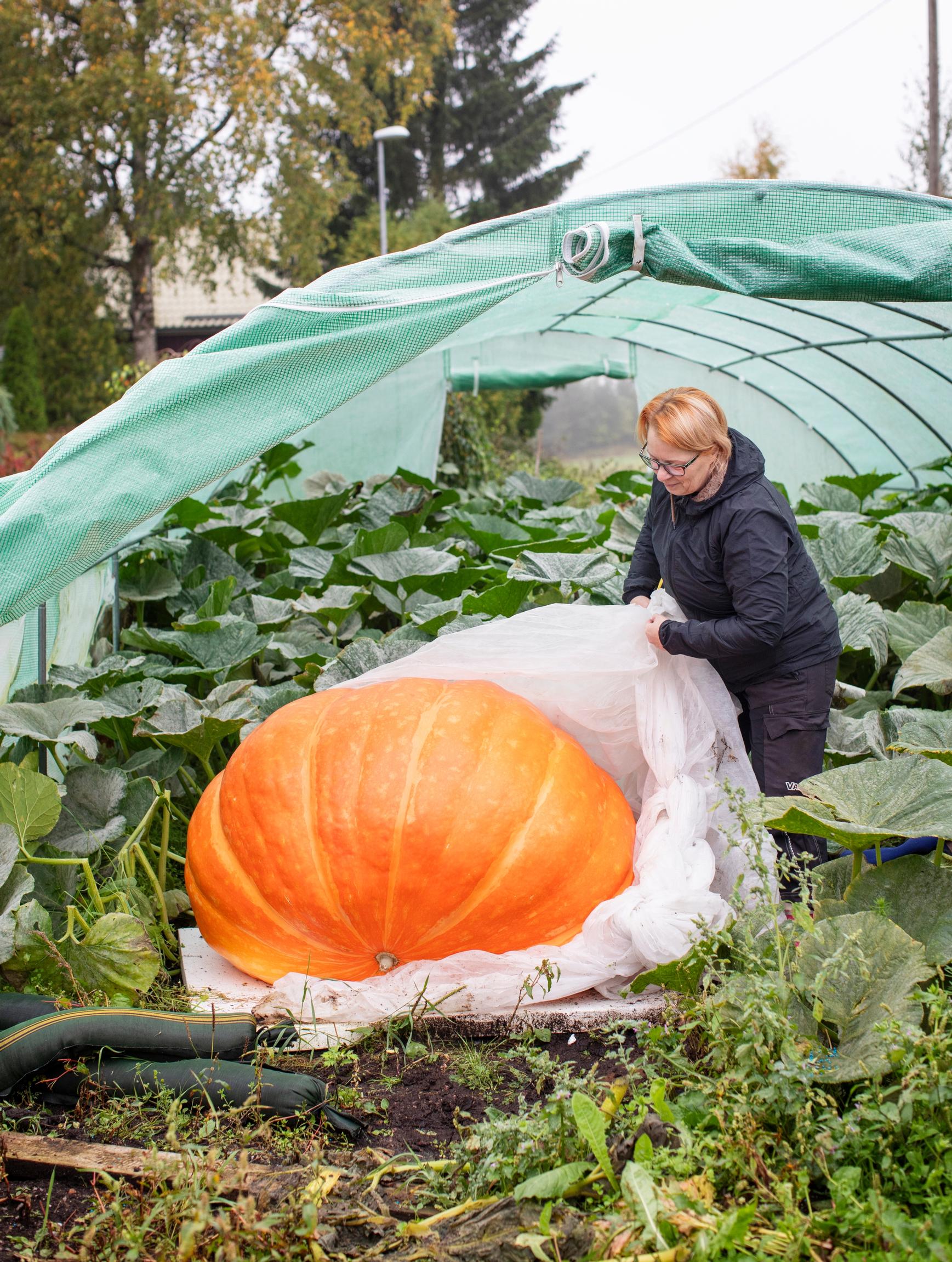
Maija holds four Finnish giant-vegetable records: “Growing a pumpkin is like running a marathon and a sprint at the same time”
Finnish Maija Karvinen is a record breaker in giant-vegetable cultivation. Her greenhouses in Kärkölä are bursting with all kinds of produce, but her pumpkin with its bright orange rind is not only huge—it's also beautiful. Check out this article for Maija’s tips on growing a giant pumpkin.
“Growing giant vegetables is backbreaking physical work—definitely not a neat indoor job. You weed, water, tie up supports, dig soil, fertilize, plan, and think. Normally, vegetable growers aim for uniform size, but here you focus on one giant specimen. That requires knowledge, skill, time, space, and a certain ambition.
In January, giant vegetable seeds go up for auction. That’s when I stay up well past midnight at my laptop. I look into the seeds’ family trees, and I’m on a Meet call with other enthusiasts. A single seed usually costs tens of euros. However, when the Spanish bought the seed of the world-record pumpkin last winter, they paid a thousand euros! That’s the highest price I’ve ever seen.
But a good seed is only half the battle. After that, your own actions can either limit the seed’s potential or help it grow even bigger.
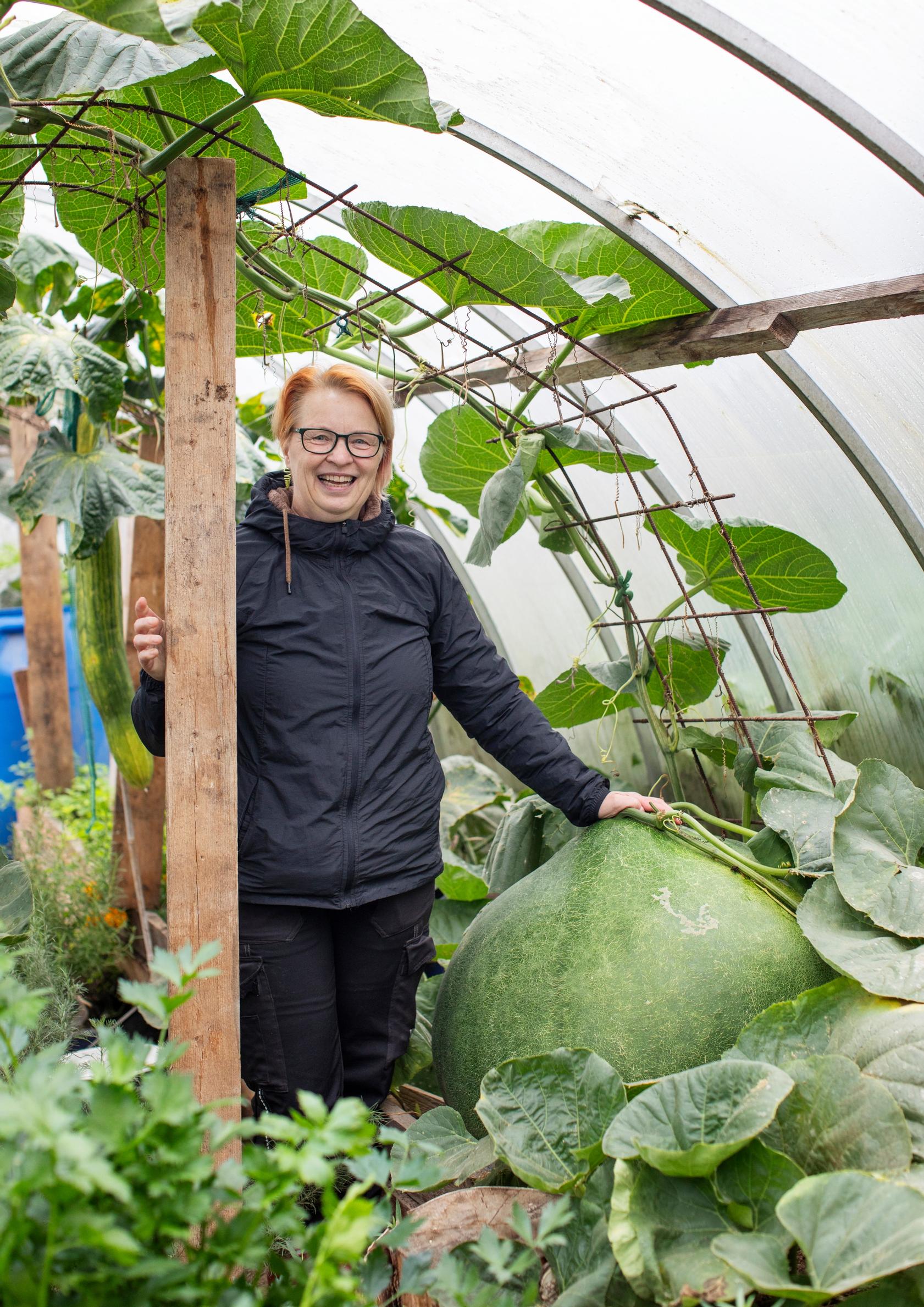
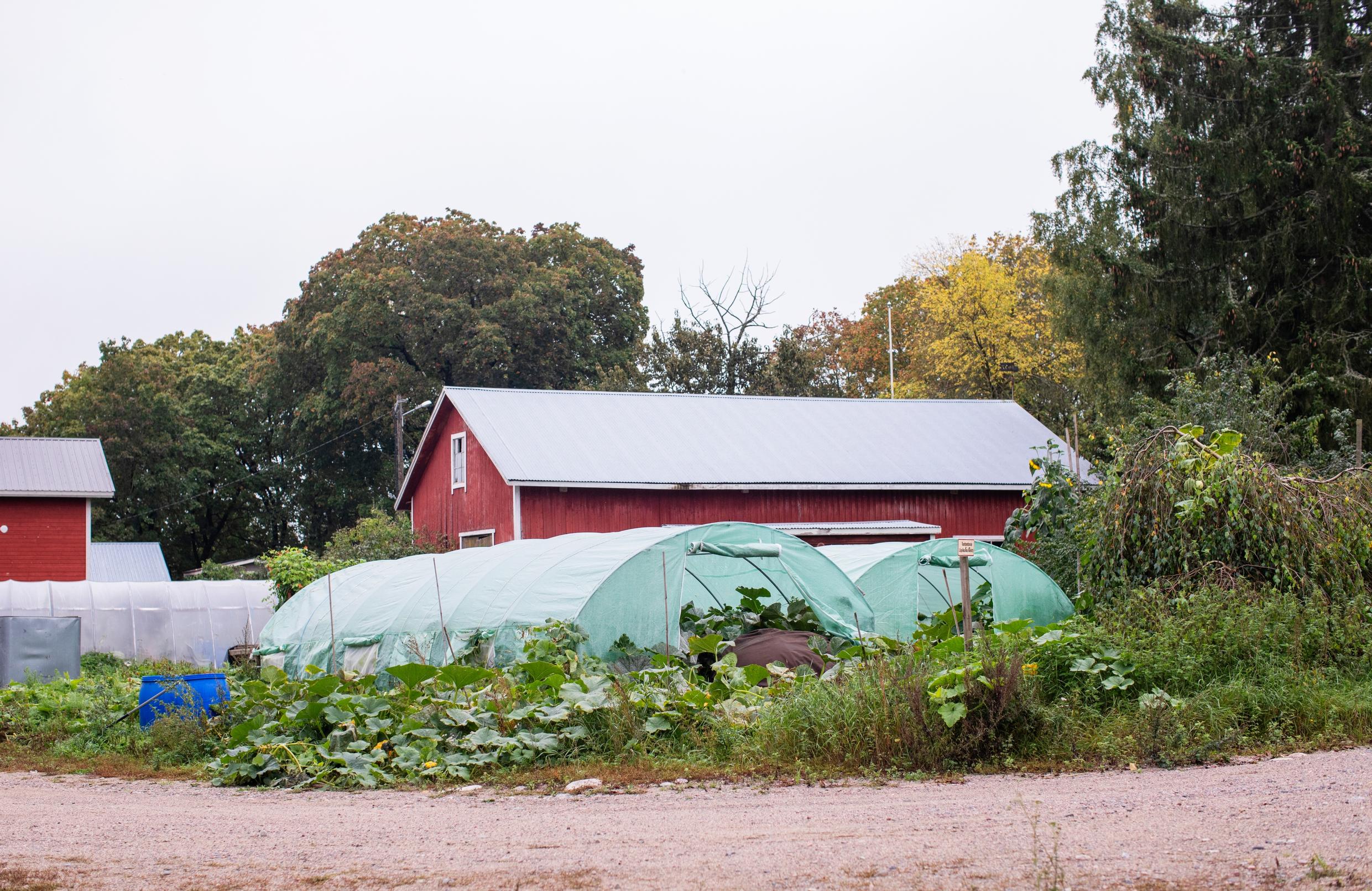
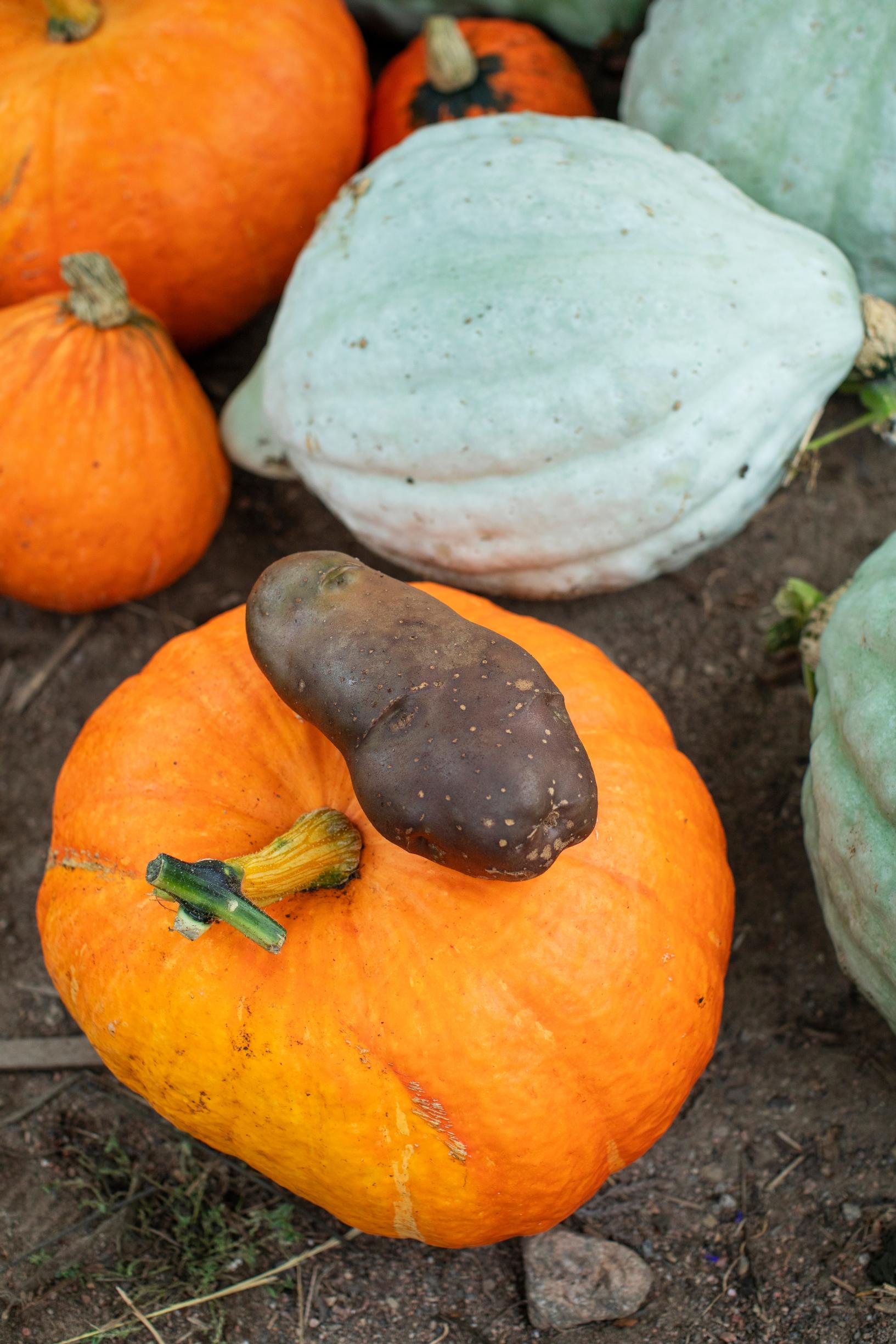
Pumpkin is a fascinating and stubborn plant. Growing it is like running a marathon and a sprint at the same time. The fruit needs about 100–110 days to develop, but for it to grow the way I want, I have to intervene. Meanwhile, the growing fruit “talks” to me, and I have to interpret what it needs.
About ten years ago, we renovated a spot in our farmyard for giant pumpkins. Our farm is in Kärkölä on the Salpausselkä ridge, where the soil is sandy and coarse, so the groundwater doesn’t rise to the surface. We improved the soil’s water retention by adding manure and several whole bales of hay.
I’ve noticed that pumpkins grow best at night. That’s when they need a burst of speed, plus water, fertilizer, and warmth. In Finland, though, we lack about a month of heat at both the beginning and end of the growing season, so compared with warmer climates, we have no chance of reaching a thousand kilograms. On the plus side, our cold winters mean we don’t have pests like squash bugs. Our real challenge is simply the short season.
You have to watch the weather forecast closely. If, during the pollination phase, the temperature goes above 25 degrees Celsius (77°F), you need ice packs to cool the blossoms. Otherwise pollination fails. When nights get colder in August, you have to cover the fruit. Old horse blankets work well.
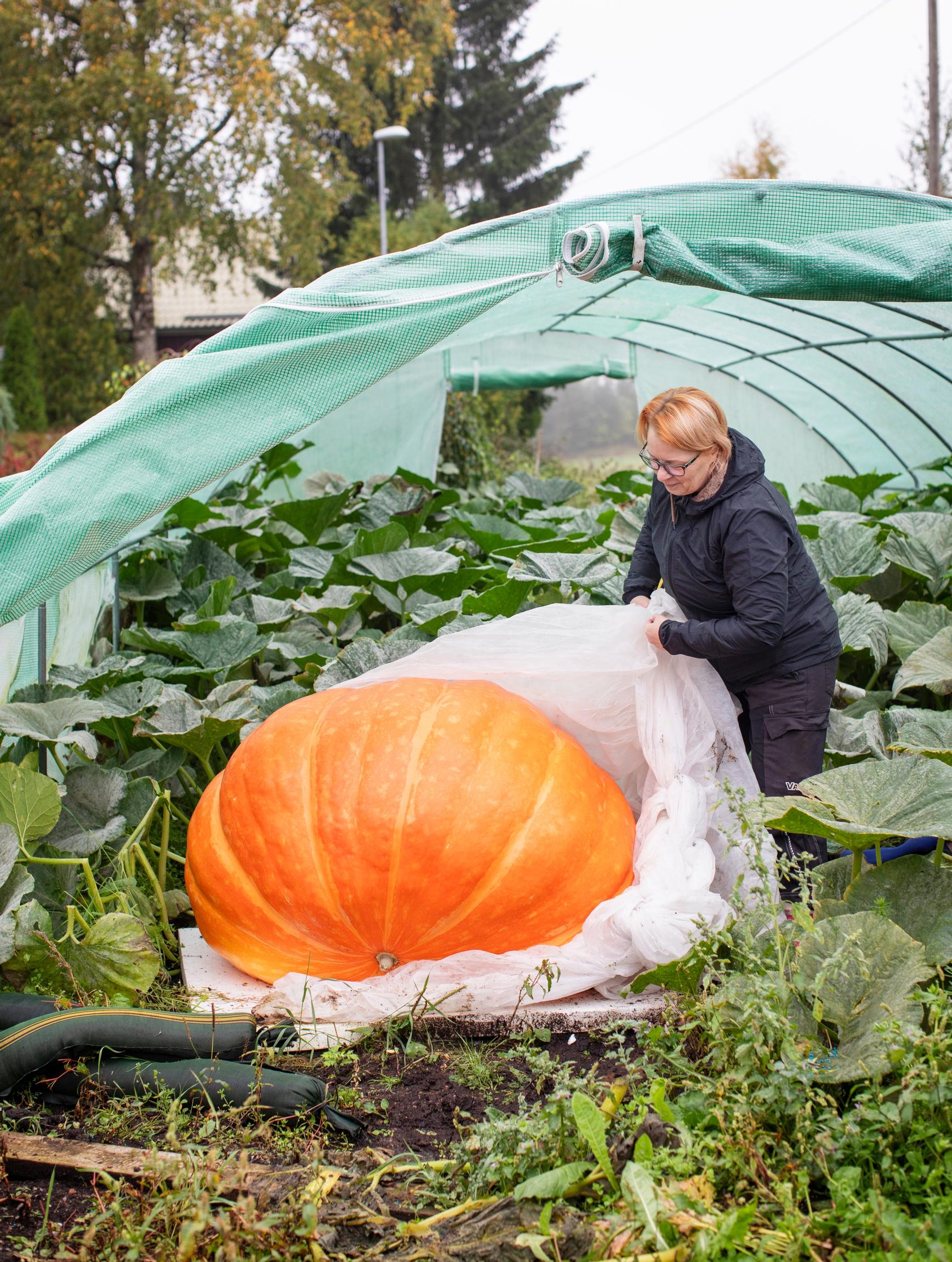
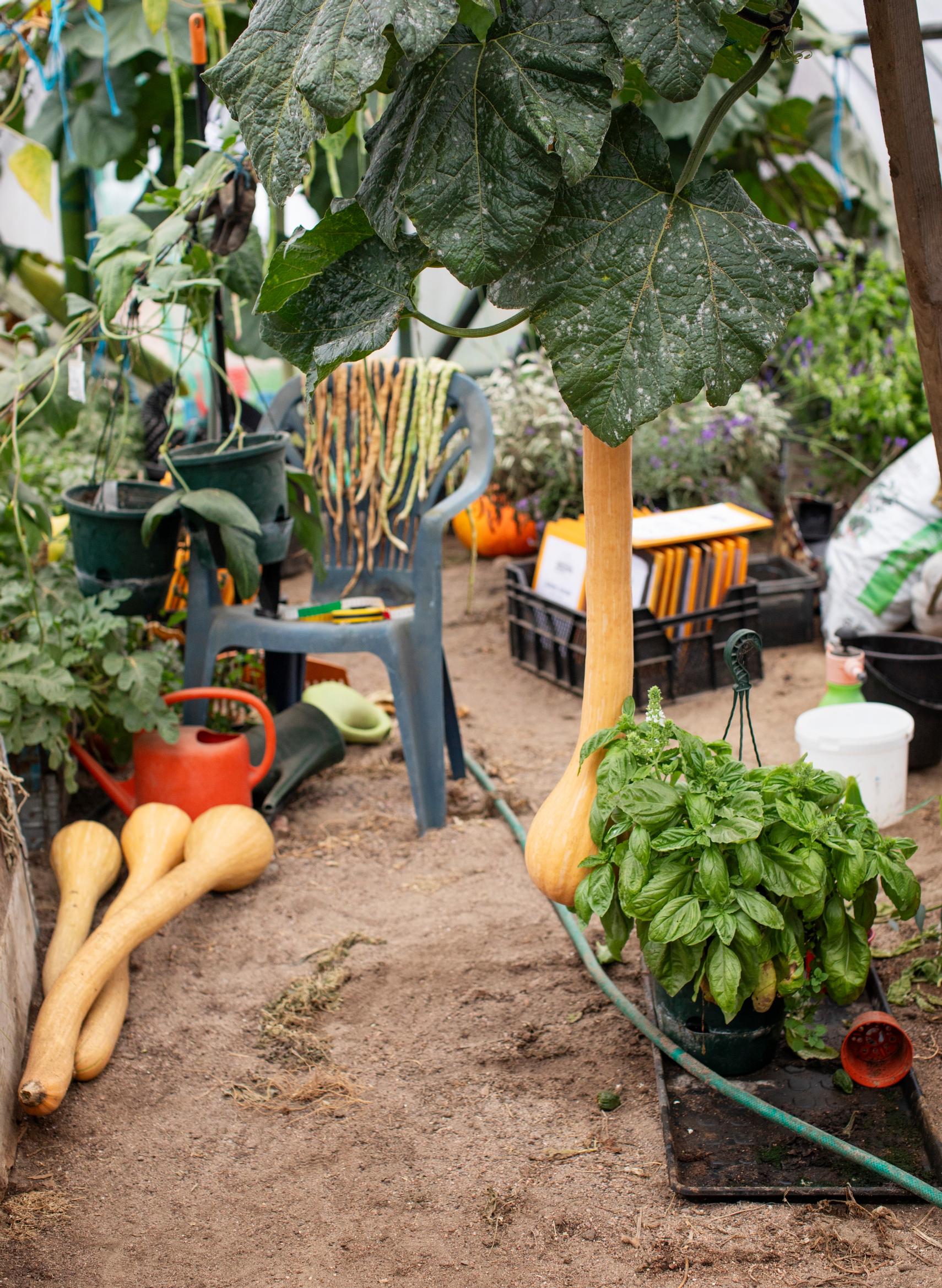
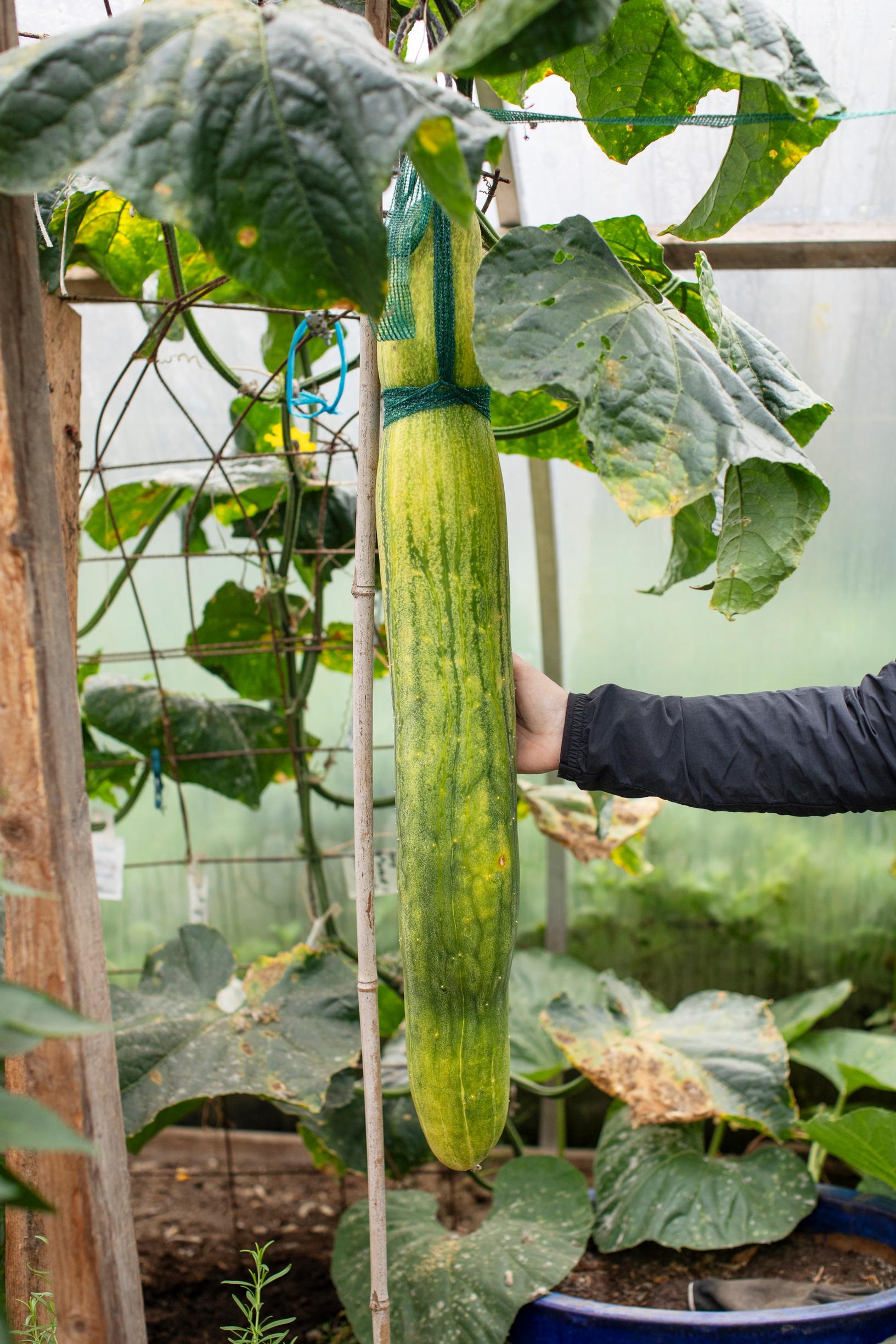
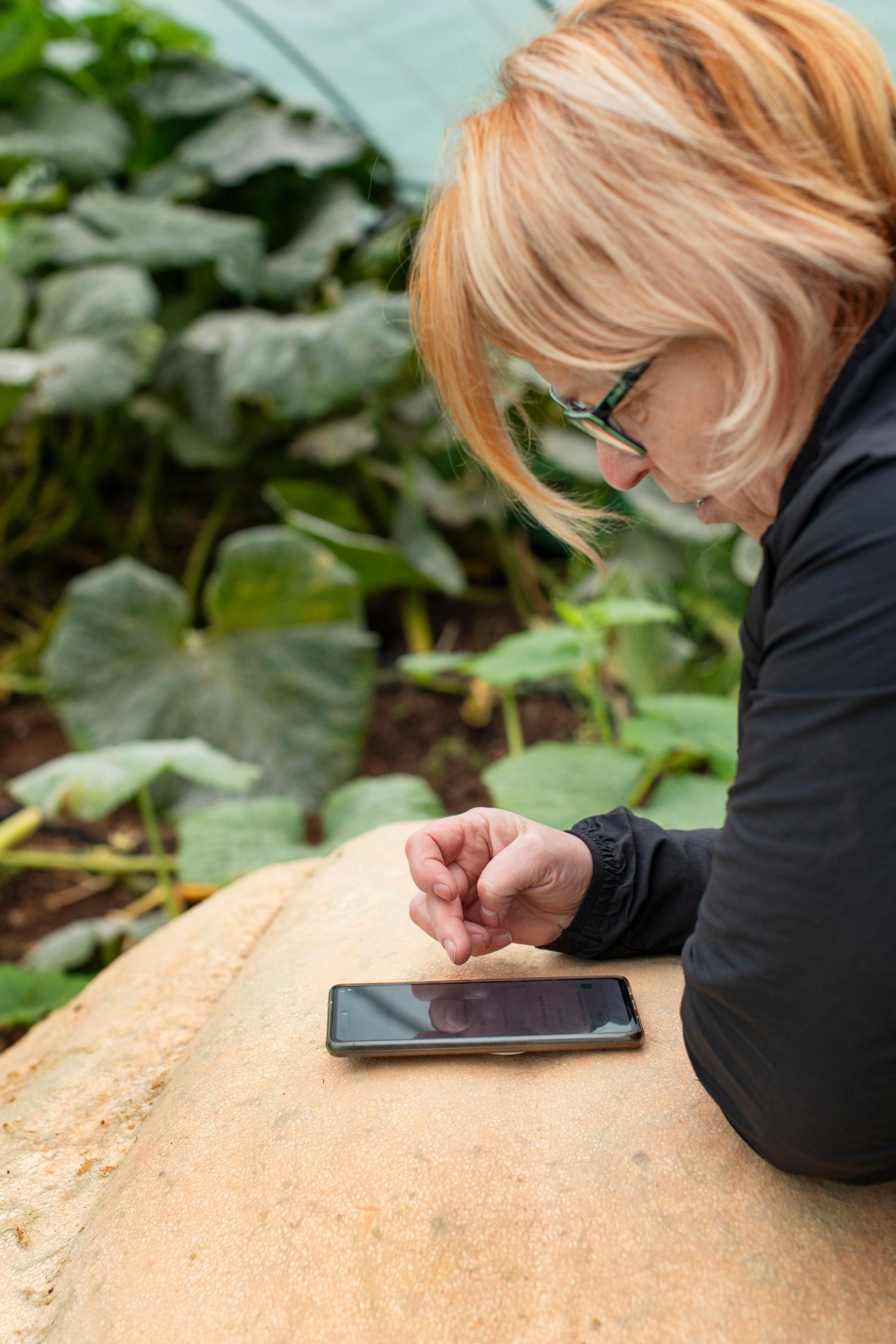
I joined a giant vegetable competition for the first time in 2008. Since then, I’ve competed almost every year. I’m a founding member and vice chair of the Finnish Giant Vegetable Association. We stay in touch with members, offer advice, and send out seed mailings at the start of the year, which include that season’s competition seeds.
We hold the Finnish Championship competition at the end of September each year. It’s also part of the Master Gardener competition organized by the worldwide umbrella organization, The Great Pumpkin Commonwealth. It features nine different giant vegetables, and we report our results there. Another international competition is run by the European Giant Vegetable Growers Association (EGVGA).
Each giant vegetable has its own demands. Chilies and peppers are relatively easy. Tomatoes and runner beans fit small spaces. You can also grow watermelon, calabashes known as bushel gourd and long gourd, “field pumpkins,” and zucchini in smaller areas, but large pumpkins need a large plot (at least 5 x 10 meters (16 x 33 ft)).
Not all vegetables make it to the final competition day. If that happens, you must do your own weighing and measuring, recording it on video and in photos for the judges. The scales must be verified (“stamped”), and only a metal tape measure can be used to measure lengt
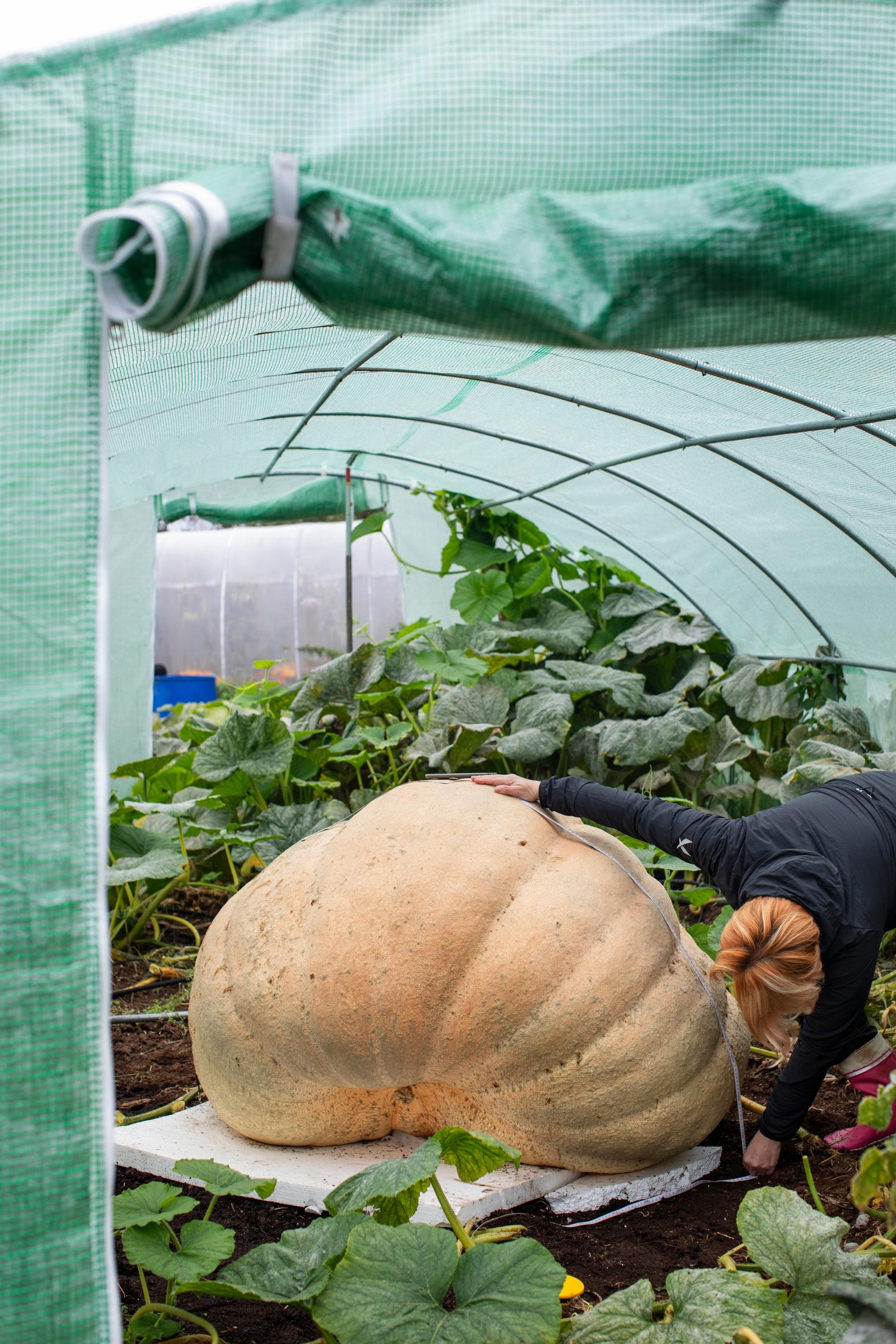
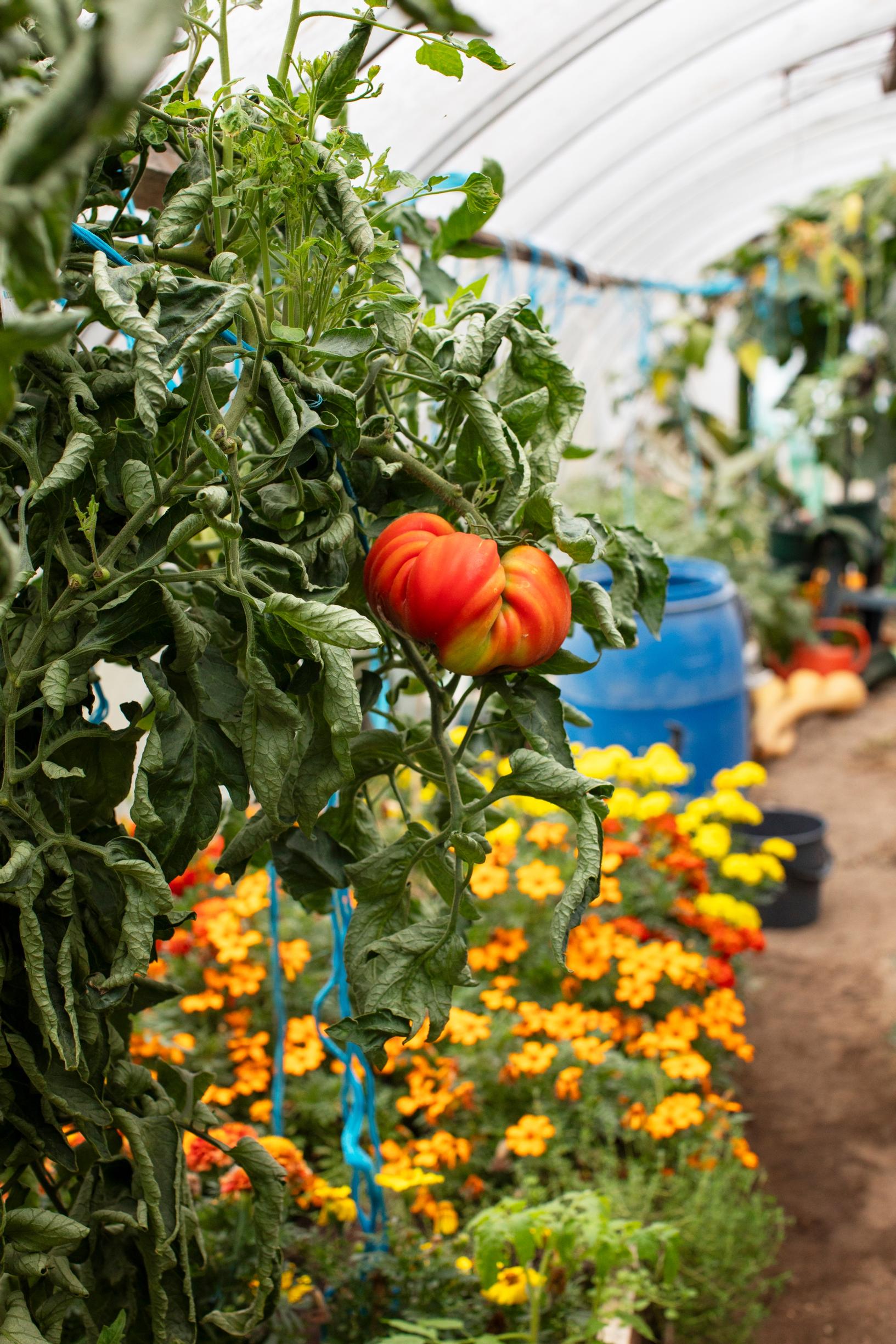
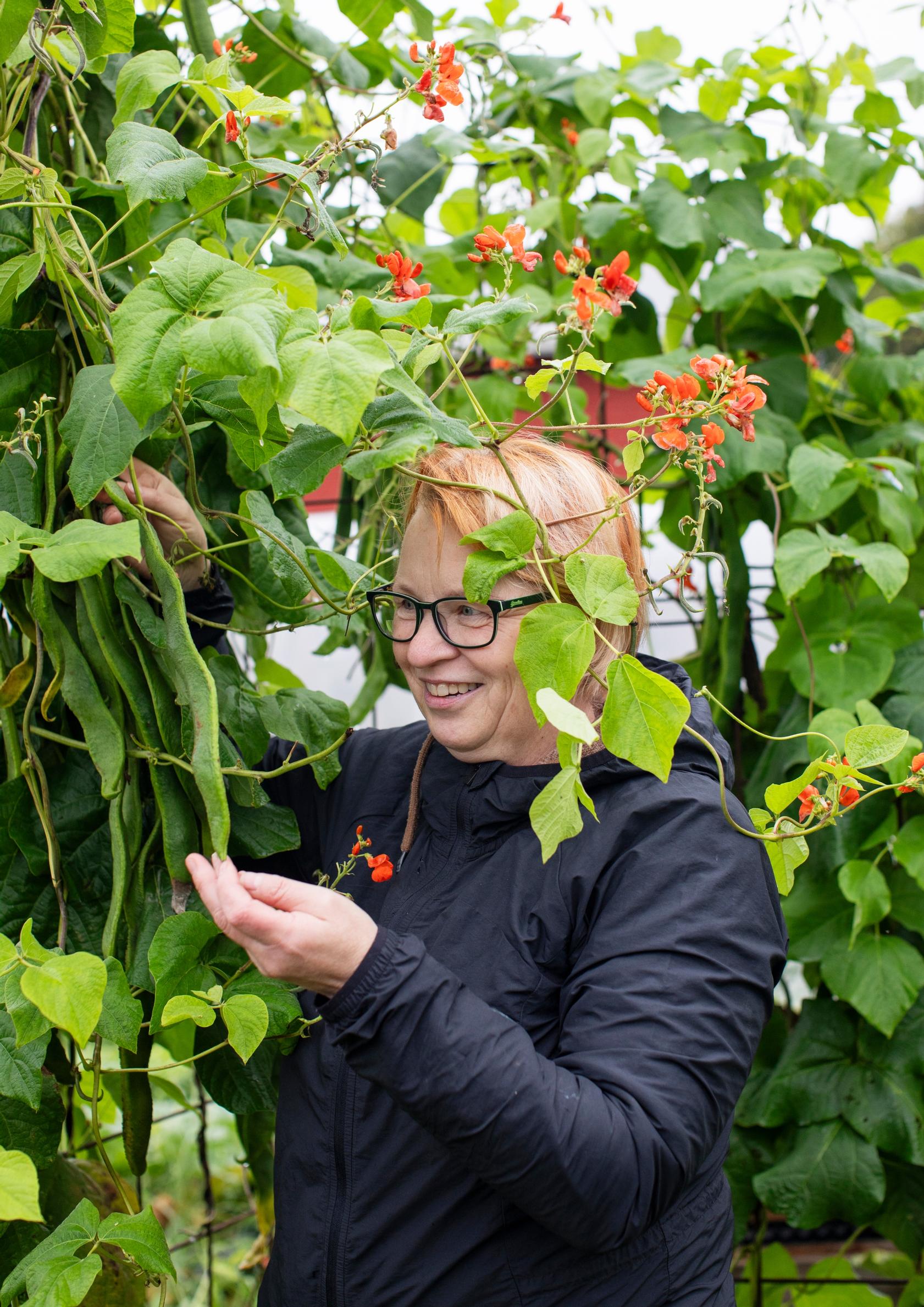
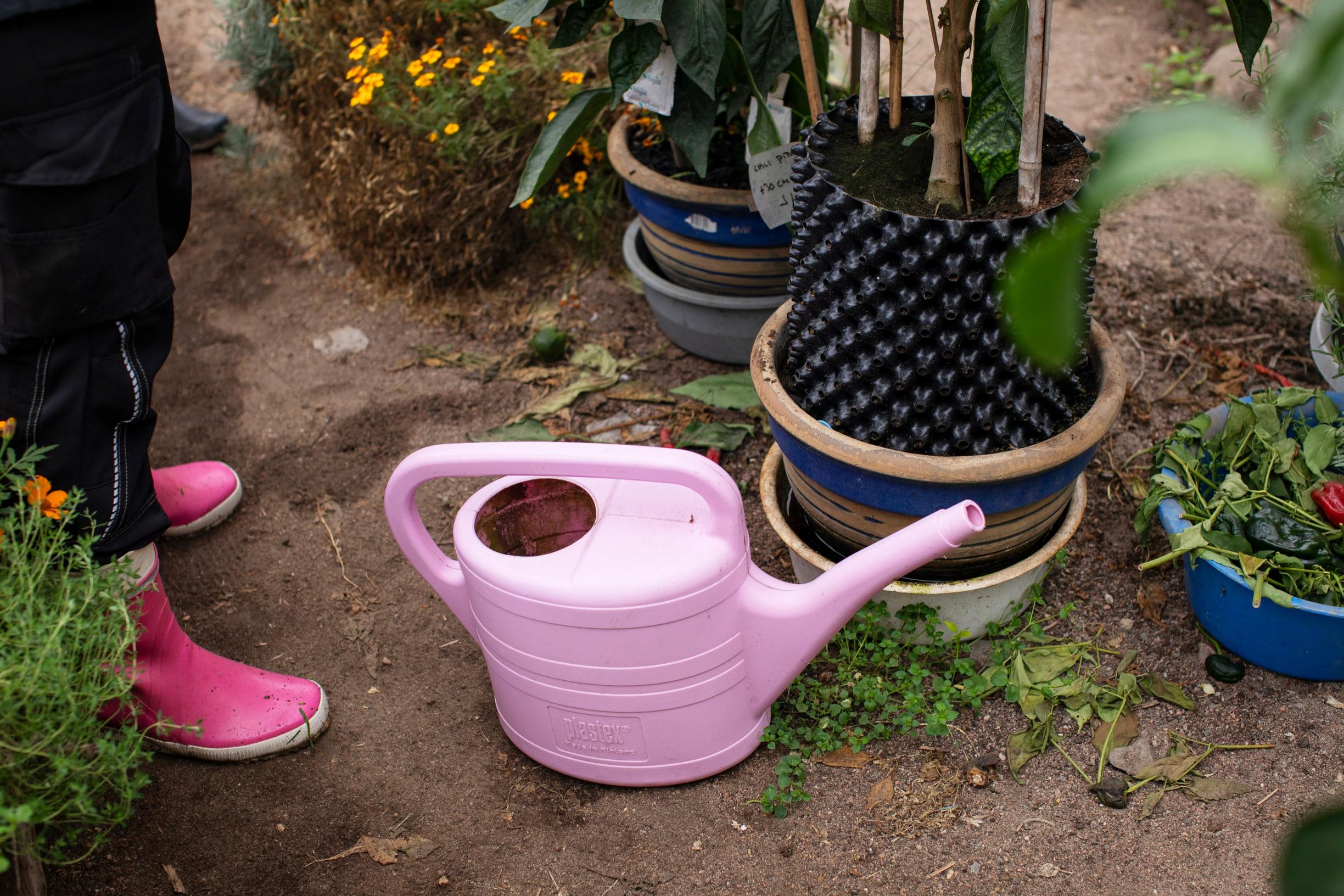
I currently have four active Finnish records. In 2024, I won the Finnish championship in four categories: The Most Beautiful Pumpkin, Great Pumpkin, Cucumber, and Bushel Gourd. The biggest success was with the great pumpkin, but the cucumber is no poor second.
I’m fascinated by pushing my own limits and by the thrill of competition. It feels great to set records and defend them. At the same time, I hope someone surpasses my records so I’ll need to push them further.
Most top growers don’t have a professional horticultural background. They concentrate on the goal and the competition, not on conventional growing methods. You have to forget all of that.”
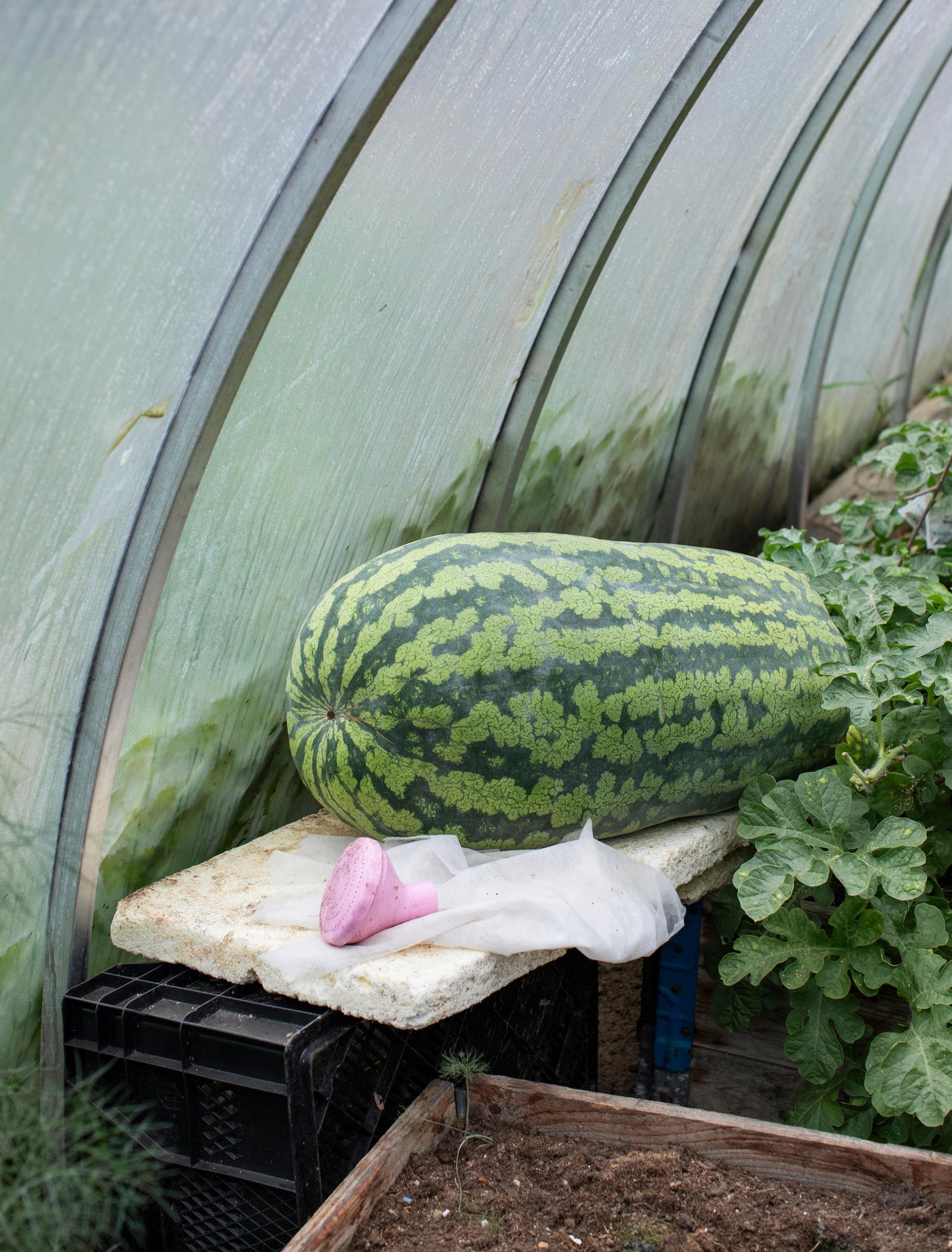
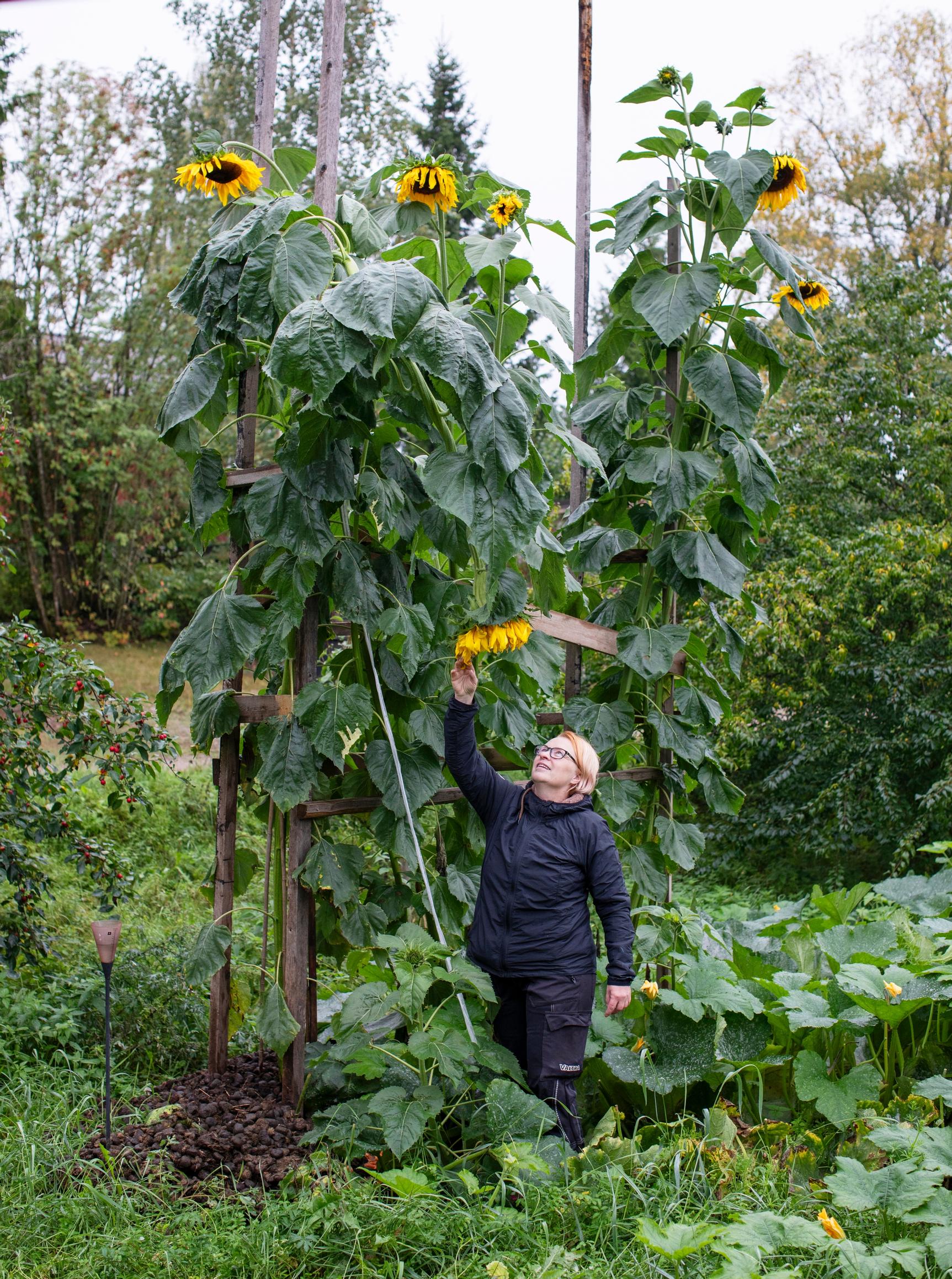
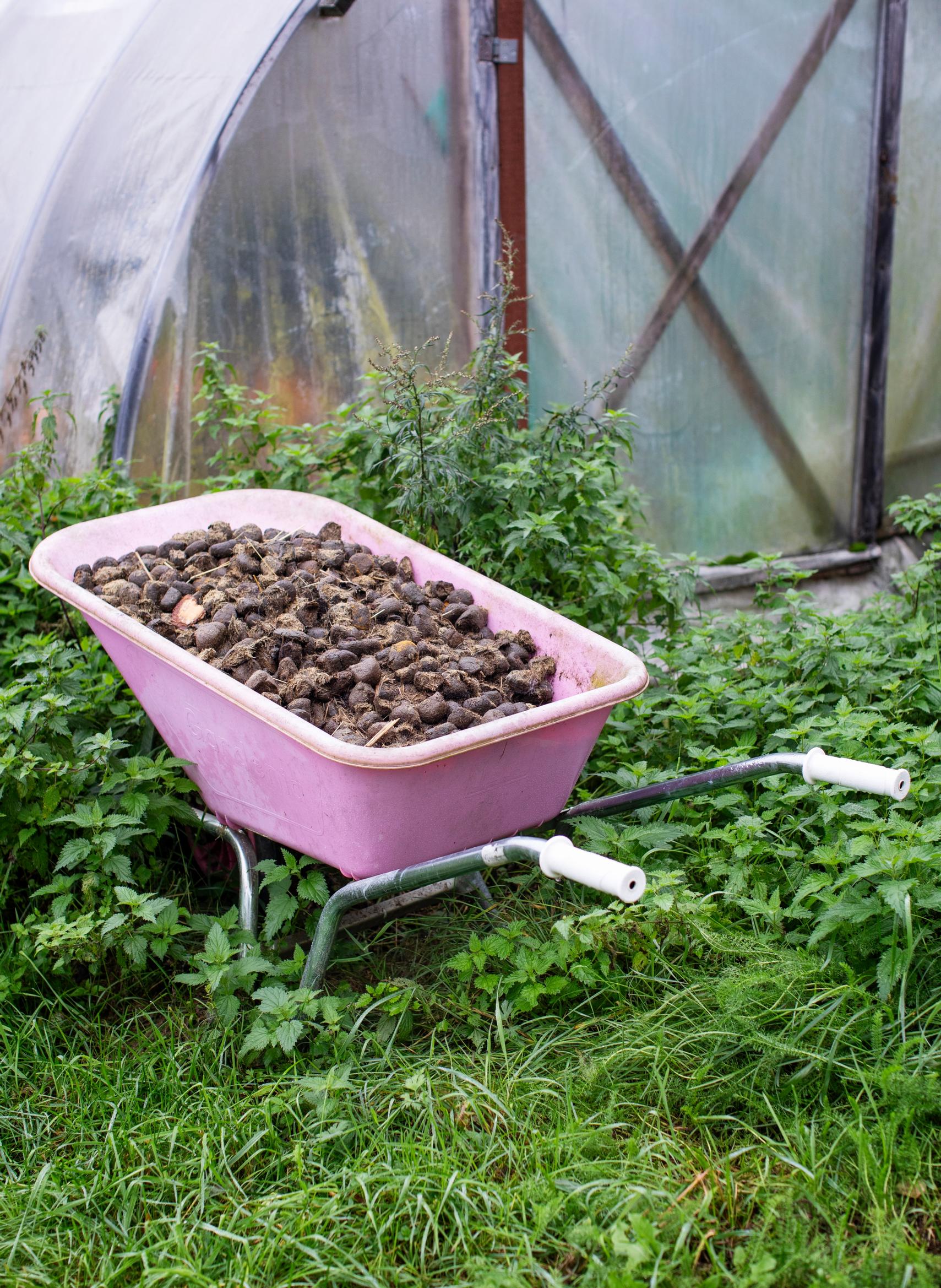
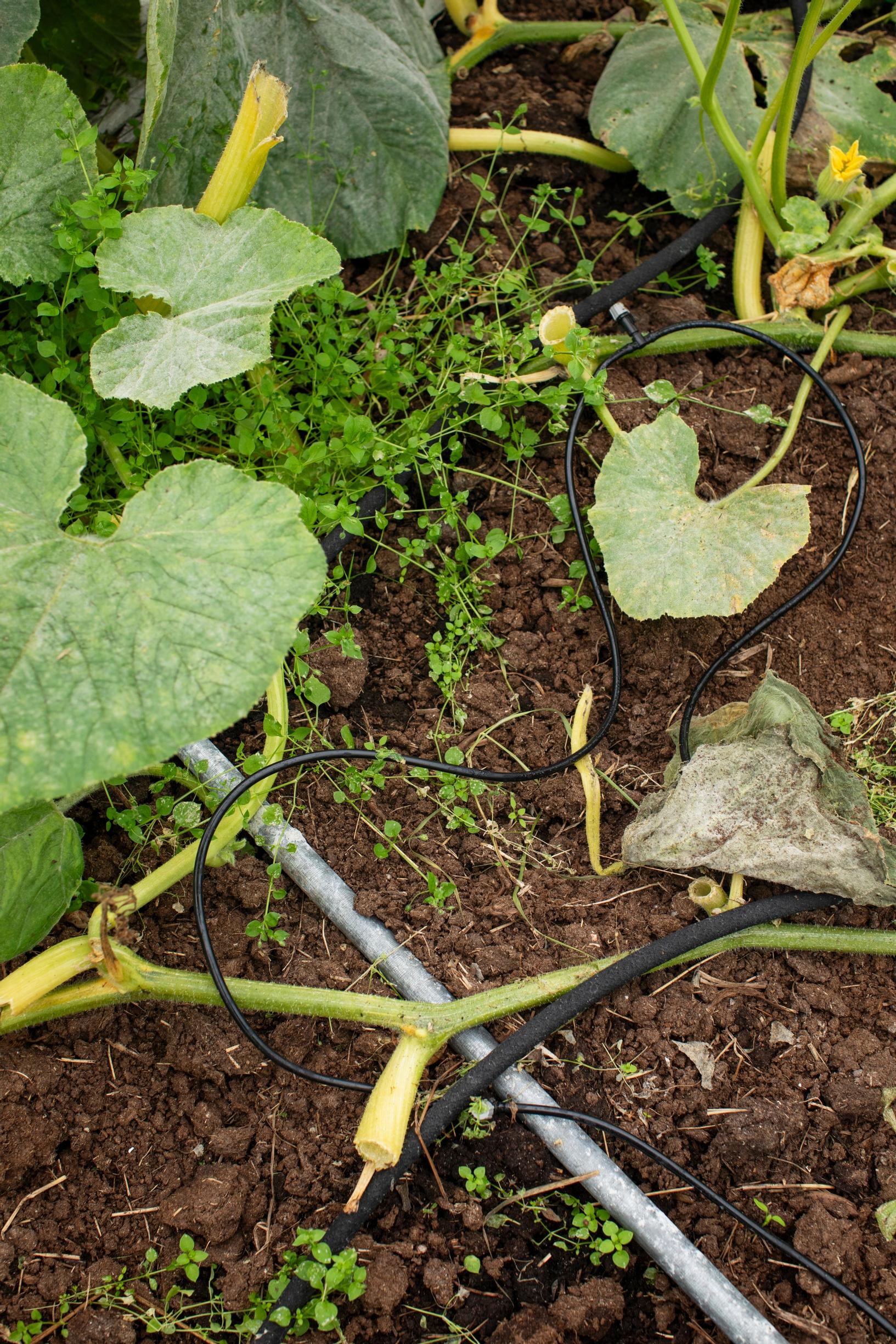
Maija’s tips for growing giant pumpkins
1. Get the right seeds
You can obtain seeds, for instance, from the Giant Vegetable Association’s annual seed mailing. You can’t succeed with ordinary store-bought seeds.
2. Start the seedlings indoors
Be careful not to damage the roots. If you do, the seedlings will stall for a couple of weeks, and you lose that time from the overall growing period.
3. Plant in a warm spot
Select a sunny, sheltered spot and speed up thawing the soil. Improve the soil by adding organic matter, lime, and fertilizers.
4. Fertilize appropriately
Keep the nutrient supply steady and sufficient, but don’t go too strong.
5. Remember to water
Water the entire root area. If rain is predicted, water thoroughly in advance so the fruit won’t split from a sudden influx of water.
6. Get the timing right
It takes about 60 days from sprouting to flowering. You won’t know if pollination has succeeded until about 20 days after flowering. The fruit can grow to the size of a basketball, then suddenly stop and abort itself.
7. Take advantage of July
Pumpkins grow the most at night. Make the most of July’s warm evenings: water, fertilize, and keep adjusting the vine leading to the fruit so it doesn’t tear off. By mounding soil over the vines, you expand the root area.
8. Prepare a surface
Create a base for the fruit, for example from Styrofoam. Remember, the pumpkin can add around 30 kg (66 lb) a day. If you don’t act in time, you might not be able to slip anything under it later.
9. Protect the fruit
In the summer, use a row cover to shield the rind from damage, and in autumn, use it overnight to keep the pumpkin warm.


